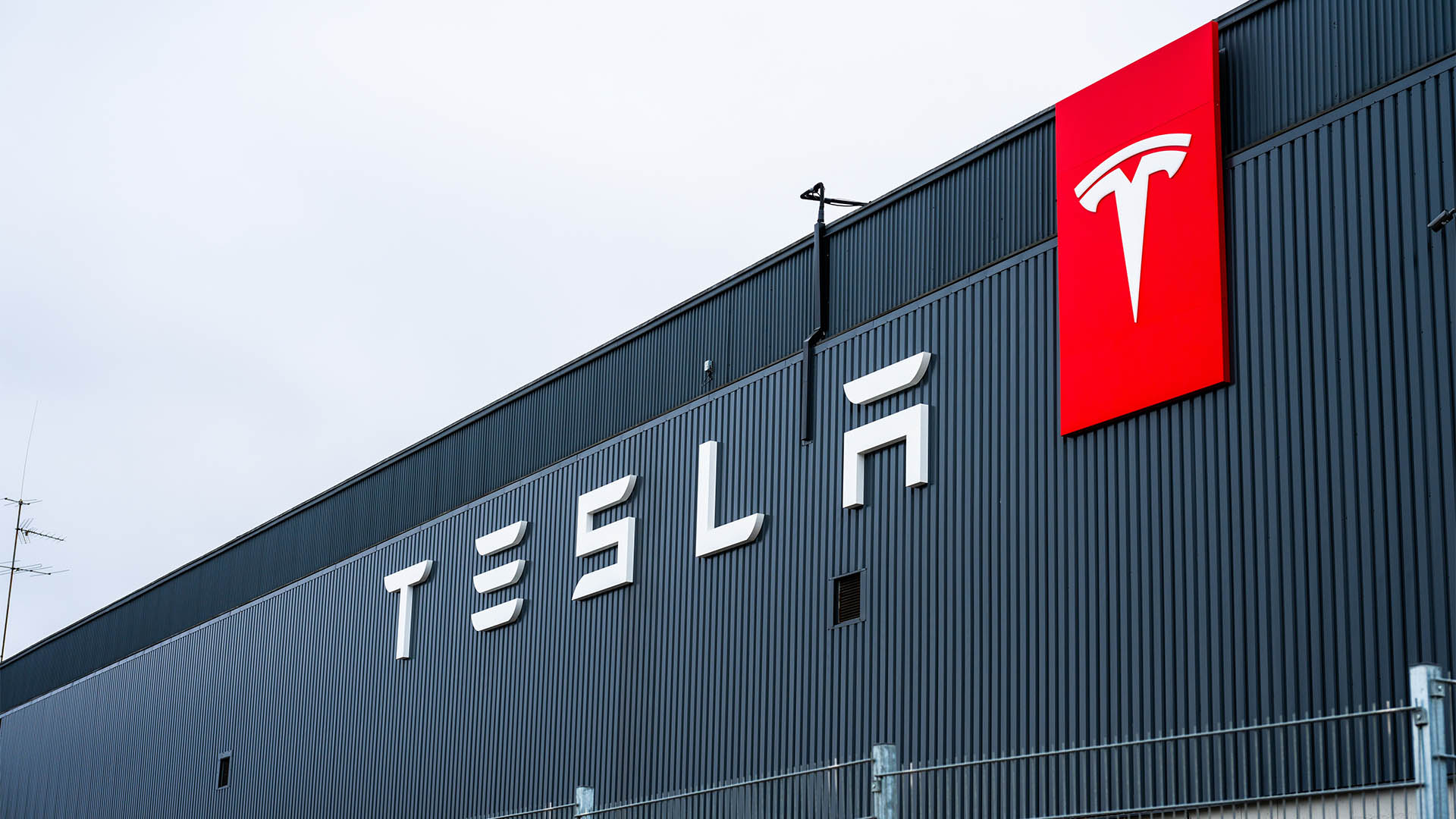Another lesson Tuesday for the Tesla board and Elon Musk from the market: earnings and revenue matter more than all the off-the-cuff ideas and wacky products like robotaxis and Cybertrucks.
They might have their place, but for Tesla, it is falling behind the competition quarter by quarter as its rivals get their act together, especially in its most vital market, China.
Rather than develop a new, lower-end, cheaper Tesla model, Musk has been promoting — with the help of his market cheer squad — the Robotaxi (now called the CyberCab), which is due for some sort of PR launch next month.
The huge, ungainly Cybertruck is claimed to be selling well and will become profitable by the end of this year — an interesting claim not backed up by figures.
Tesla’s sales for the second quarter might have been better than expected by analysts, but they were still weak compared to the company’s previous performances. However, investors and the Tech Bros industry ignored that and sent the shares higher until last week when a dose of reality appeared ahead of the release of the second-quarter figures.
That pause in enthusiasm was well-timed by investors, judging by the weak quarter’s revenue from selling cars (which is Tesla’s main task) and the slump in earnings.
Revenue in the June quarter rose to $US25.5 billion from $US24.93 billion a year ago, beating market forecasts of $US24.77 billion.
However, the core business is selling EVs, and there, sales revenue dropped 7% to $US19.9 billion from $US21.27 billion in the same quarter a year ago.
Auto sales included regulatory credits of $US890 million, more than triple the figure from last year, which made the figures look much healthier.
The company said it “recognized record regulatory credit revenues in Q2,” pointing out that other automakers are “still behind on meeting emissions requirements.”
The weak result, and especially a 45% slump in net profit, saw the shares drop 3.3% in after-hours trading, on top of the 2.3% fall in regular trading. It was the fourth consecutive quarterly earnings decline, which was not an achievement highlighted by the company on Tuesday.
After a rocky first half of the year that saw Tesla cut more than 10% of its headcount worldwide and continue to slash car prices and offer no-interest loans in China to buyers, the company reported stronger-than-expected deliveries for the second quarter earlier this month.
However, deliveries were still down from a year earlier for a second straight period, and the 45% slide in net income to $US1.48 billion from $US2.7 billion a year earlier reflected the sales drop.
The weak performance from its core business was partially offset by another strong quarter for Tesla’s energy generation and storage business, which sells and installs big backup batteries for residential, commercial, and utility use. Their revenue almost doubled from the same quarter a year ago to just over $US3 billion this year.
The company said its Megapack and Powerwall “achieved record deployment” in the period, and analysts said this contribution, along with the sale of regulatory credits, probably accounted for most of the company's lower profit.
It’s another example of Musk’s ability to see and craft a business out of an idea — like the EVs — which is why a lot of investors still follow him. But he is in danger of being left behind by BYD, the big Chinese EV maker, which is busy outflanking Tesla around the world.














